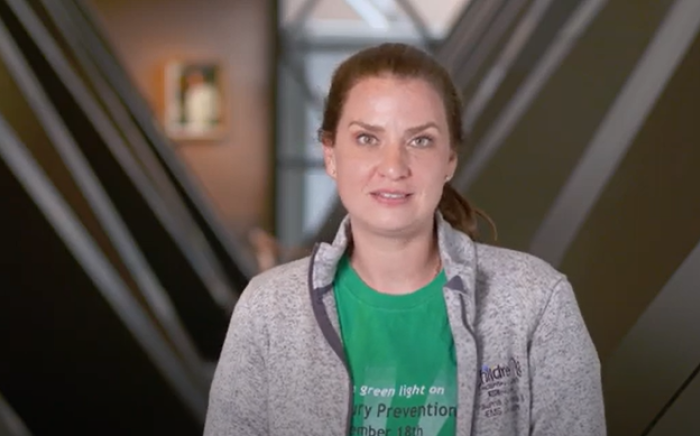Overview
Mushroom poisoning happens when a child eats a mushroom that has poisons (toxins).
Causes
A child may pick and eat a mushroom while playing outdoors. Many types of mushrooms grow in the wild. Very few are poisonous. But those that are poisonous can be quite dangerous. Unless you are an expert, it’s hard to tell a poisonous mushroom from one that is not.
Symptoms
Early symptoms can include feeling sick, stomach cramps, vomiting, and watery or bloody diarrhea. If your child has any of these symptoms, call your healthcare provider or go to the nearest emergency department right away. All poisonous mushrooms cause vomiting and belly (stomach) pain.
Diagnosis
The healthcare provider may talk with a mushroom expert to help figure out what type of mushroom your child ate. It’s important to collect the mushroom that your child was eating to help your provider figure out what type of mushroom it is.
Treatment
The healthcare provider will check your child's vital signs and watch them closely for a period of time. He or she will look for severe symptoms and signs of complications of mushroom poisoning. There is no specific antidote for mushroom poisoning. Treatment focuses on easing symptoms.
Prevention
It is important to teach your child never to eat any mushrooms or plants while playing outdoors.
When to Call a Healthcare Provider
If you think your child ate a wild mushroom, call the poison control number (800-222-1222) right away. Or call your healthcare provider or go to the nearest emergency department.
If you can, collect the mushroom your child was eating. Carefully dig up a few mushrooms, including the roots, to help with the identification. If there is more than one kind of mushroom, collect all of them. If you go to the emergency department take the mushrooms you have collected.
Key Points
- Mushroom poisoning happens when a child eats a mushroom that has poisons (toxins).
- Unless you are an expert, it’s hard to tell a poisonous mushroom from one that is not.
- Early symptoms of mushroom poisoning can include feeling sick, stomach cramps, vomiting, and watery or bloody diarrhea.
- If you can, collect the mushroom your child was eating. This can help the provider figure out what type of mushroom it is.
- There is no specific antidote for mushroom poisoning. Treatment focuses on easing symptoms.
Next Steps
Tips to help you get the most from a visit to your child’s healthcare provider:
- Know the reason for the visit and what you want to happen.
- Before your visit, write down questions you want answered.
- At the visit, write down the name of a new diagnosis, and any new medicines, treatments, or tests. Also write down any new instructions your provider gives you for your child.
- Know why a new medicine or treatment is prescribed and how it will help your child. Also know what the side effects are.
- Ask if your child’s condition can be treated in other ways.
- Know why a test or procedure is recommended and what the results could mean.
- Know what to expect if your child does not take the medicine or have the test or procedure.
- If your child has a follow-up appointment, write down the date, time, and purpose for that visit.
- Know how you can contact your child’s provider after office hours. This is important if your child becomes ill and you have questions or need advice.












